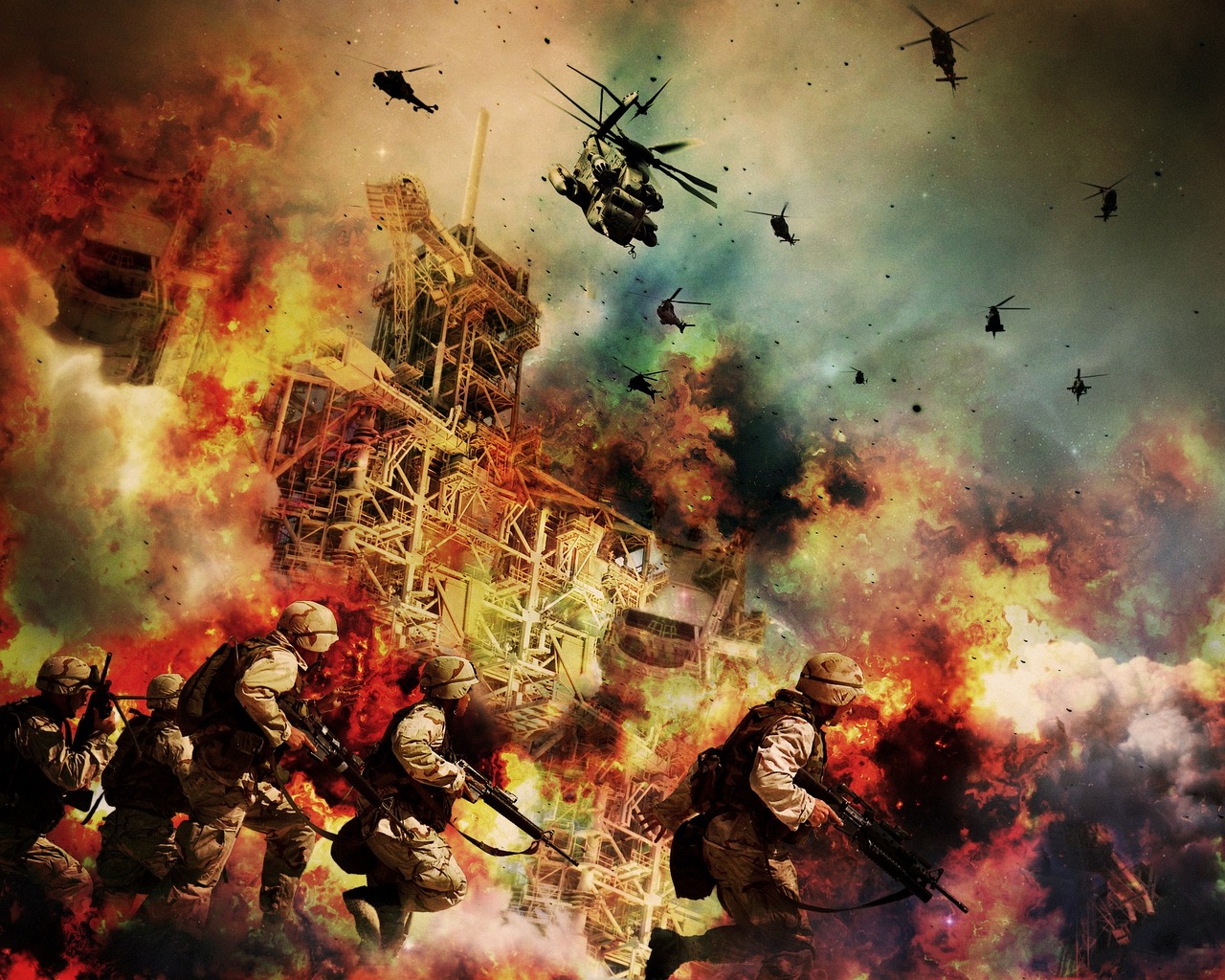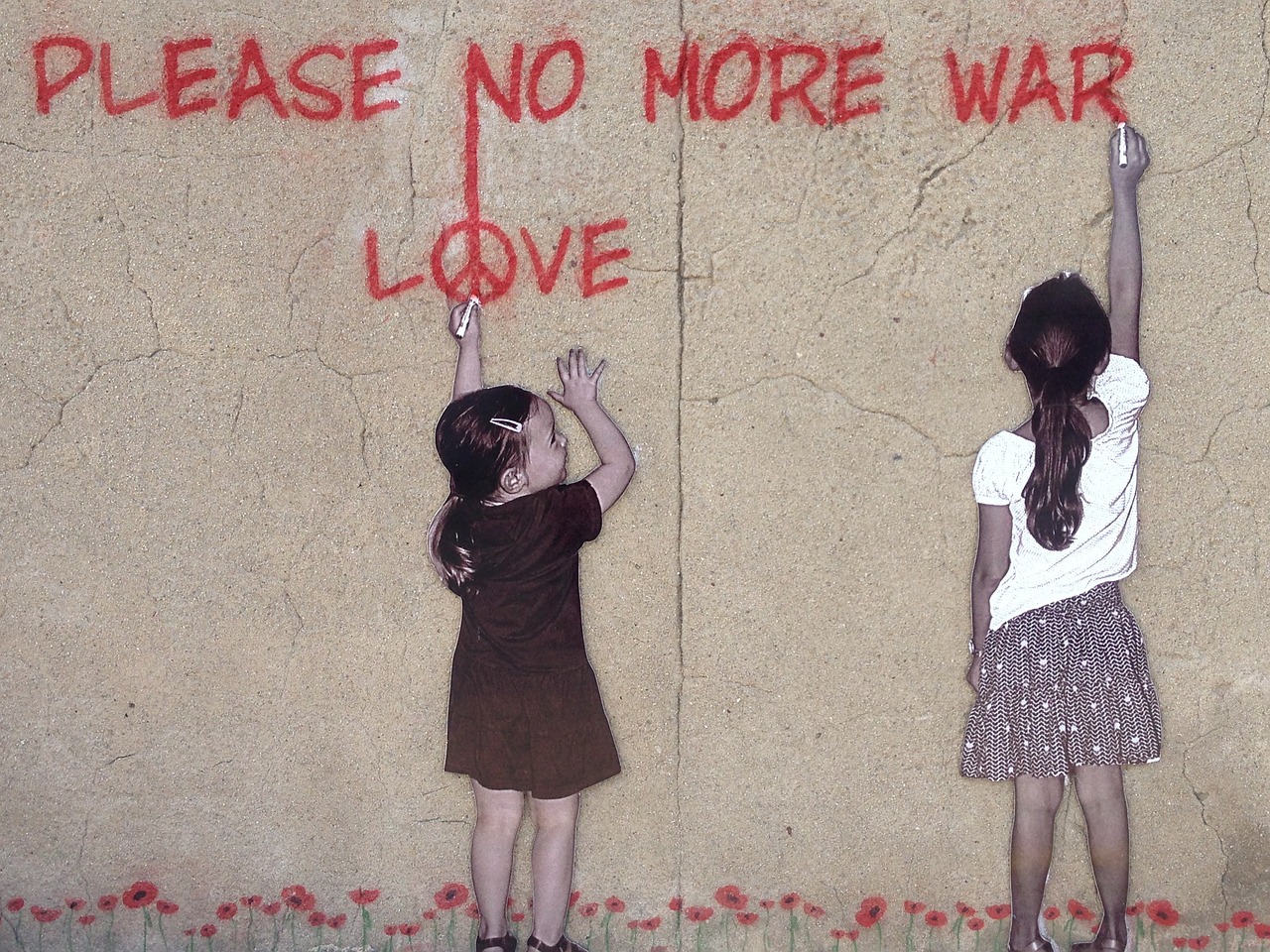The Impact of the Cold War on Global Politics
The impact of the Cold War on global politics was profound and far-reaching, shaping the course of international relations for decades to come. The ideological and geopolitical standoff between the United States and the Soviet Union not only defined the power dynamics of the time but also left a lasting legacy that continues to influence contemporary politics.
During the Cold War, the world witnessed the rise of superpowers in the form of the United States and the Soviet Union. These two nations emerged as dominant forces on the global stage, with their influence extending to all corners of the world. The competition between these superpowers led to the formation of alliances and conflicts that had far-reaching consequences.
One of the most significant aspects of the Cold War was the arms race and nuclear proliferation that ensued between the US and the USSR. The development of nuclear weapons by both sides sparked a dangerous competition, leading to the proliferation of these weapons and fundamentally altering global security dynamics. The fear of nuclear war loomed large over the entire world during this period.
Proxy wars were another key feature of the Cold War era, with conflicts erupting in various regions as battlegrounds for superpower rivalry. Countries like Vietnam, Korea, and Afghanistan became the theaters where the US and USSR fought for influence, often at the expense of local populations who bore the brunt of these conflicts.
Developing countries found themselves caught in the crossfire of the Cold War, becoming pawns in the geopolitical game played by the superpowers. The quest for strategic resources and influence led to political instability and economic challenges in these regions, further exacerbating existing tensions and conflicts.
Technological advancements were accelerated during the Cold War as both superpowers sought to outpace each other in various fields. The race for space exploration, communication technologies, and military advancements saw rapid progress, with innovations that would have lasting impacts on society at large.
The space race and the historic moon landing were emblematic of the intense competition between the US and the USSR. The successful landing of Apollo 11 on the moon not only showcased technological prowess but also symbolized the ideological rivalry between the two superpowers, with each vying for supremacy in space.
The end of the Cold War in the late 1980s and early 1990s marked a significant turning point in global politics. The collapse of the Soviet Union reshaped the geopolitical landscape, leading to a new world order and a reconfiguration of power dynamics on the international stage.
The legacy of the Cold War continues to reverberate in global politics today. The remnants of the ideological divide and power struggles of that era still influence contemporary conflicts, alliances, and the overall geopolitical landscape, underscoring the enduring impact of this pivotal period in history.

Rise of Superpowers
The Cold War significantly shaped global politics, influencing alliances, conflicts, and international relations. This article explores how this ideological and geopolitical standoff between the US and Soviet Union impacted the world stage and continues to influence contemporary politics.
The Cold War led to the emergence of the United States and the Soviet Union as superpowers, dominating global politics and influencing the formation of alliances and conflicts worldwide. The intense rivalry between these two superpowers defined the geopolitical landscape of the era, with each vying for supremacy in various regions across the globe. This power struggle not only affected the political arena but also extended to economic and military domains, shaping the balance of power on a global scale.

Arms Race and Nuclear Proliferation
The Arms Race and Nuclear Proliferation were defining features of the Cold War era, shaping global security dynamics and raising tensions between the United States and the Soviet Union. The competition between these superpowers in developing nuclear weapons not only led to a significant increase in the quantity and destructive power of such weapons but also fueled the proliferation of nuclear technology to other countries.
This intense rivalry sparked an arms race between the US and USSR, with both nations investing heavily in military technology and strategic defense systems. The quest for nuclear superiority pushed scientific innovation to new heights, resulting in the development of intercontinental ballistic missiles (ICBMs), nuclear submarines, and advanced radar systems.
The fear of a nuclear conflict loomed large during this period, as both superpowers maintained massive arsenals of nuclear weapons capable of catastrophic destruction. The concept of mutually assured destruction (MAD) emerged, underscoring the belief that any nuclear attack would result in the annihilation of both aggressor and target.
Moreover, the spread of nuclear technology to other countries through alliances and partnerships further escalated concerns about the potential for nuclear proliferation. The Cold War era witnessed the emergence of new nuclear powers, such as China, France, and the United Kingdom, adding complexity to the global nuclear landscape.
The arms race and nuclear proliferation not only influenced military strategies and defense policies but also had far-reaching implications for international diplomacy and arms control efforts. Treaties such as the Strategic Arms Limitation Talks (SALT) and the Treaty on the Non-Proliferation of Nuclear Weapons (NPT) aimed to regulate the development and deployment of nuclear weapons, seeking to prevent a catastrophic nuclear conflict.

Proxy Wars
During the Cold War, proxy wars became a common strategy employed by the United States and the Soviet Union to expand their influence and control without engaging in direct military conflict. These wars were fought in various regions around the world, with local actors serving as proxies for the superpowers.
One notable example of a proxy war during the Cold War was the Vietnam War, where the US supported South Vietnam in its fight against the communist North, backed by the Soviet Union and China. The conflict in Vietnam became a symbol of the broader ideological struggle between capitalism and communism.
Similarly, the Korean War saw the US and its allies supporting South Korea against the communist North, which was backed by the Soviet Union and China. The Korean Peninsula became a battleground for the superpower rivalry, resulting in a divided nation that remains to this day.
Another significant proxy war was fought in Afghanistan, where the Soviet Union intervened to support the communist government against mujahideen rebels backed by the US. This conflict not only shaped the geopolitics of the region but also had lasting implications for global security and terrorism.
Proxy wars during the Cold War era highlighted the complex dynamics of international relations, where smaller nations often bore the brunt of superpower competition, leading to devastating consequences for local populations caught in the crossfire of global ideological struggles.

Impact on Developing Countries
The impact of the Cold War on developing countries was profound and multifaceted. These nations often found themselves caught in the crossfire of superpower rivalry, becoming pawns in a larger geopolitical game. The quest for influence and control by the US and USSR led to political instability and economic challenges in regions across Asia, Africa, and Latin America.
Developing countries became battlegrounds for ideological struggles, with superpowers backing opposing factions in local conflicts to advance their own agendas. This interference exacerbated existing tensions and fueled civil wars, leaving a legacy of violence and division that continues to affect these nations to this day.
Moreover, the Cold War competition for strategic resources in developing countries often resulted in exploitation and manipulation, as powerful nations sought to secure access to valuable commodities. This not only hindered the socio-economic development of these nations but also entrenched dependency on external powers, perpetuating cycles of poverty and underdevelopment.
The legacy of Cold War interventions in developing countries is still visible in ongoing conflicts, fragile political systems, and economic disparities. The scars of past interference continue to shape the trajectory of these nations, highlighting the lasting impact of superpower rivalries on the global south.

